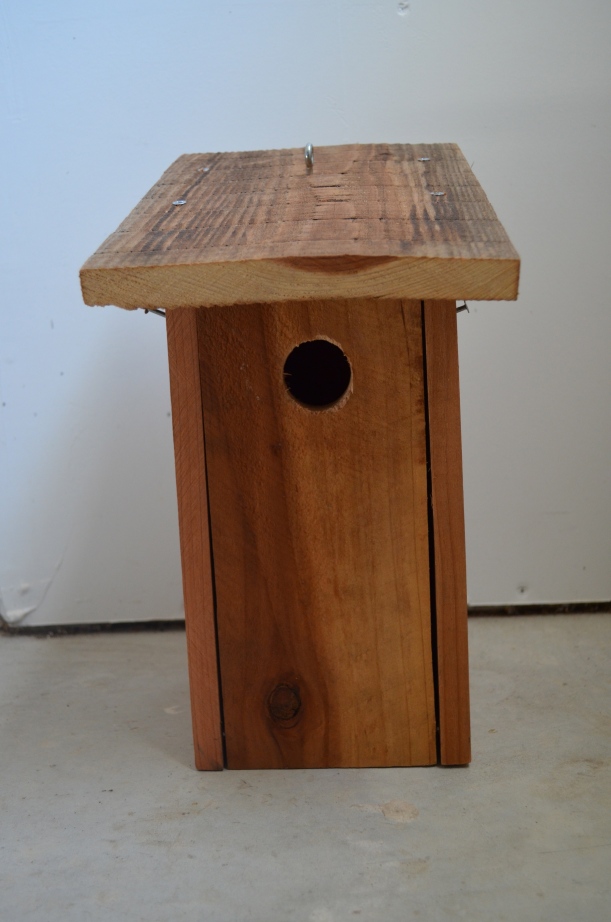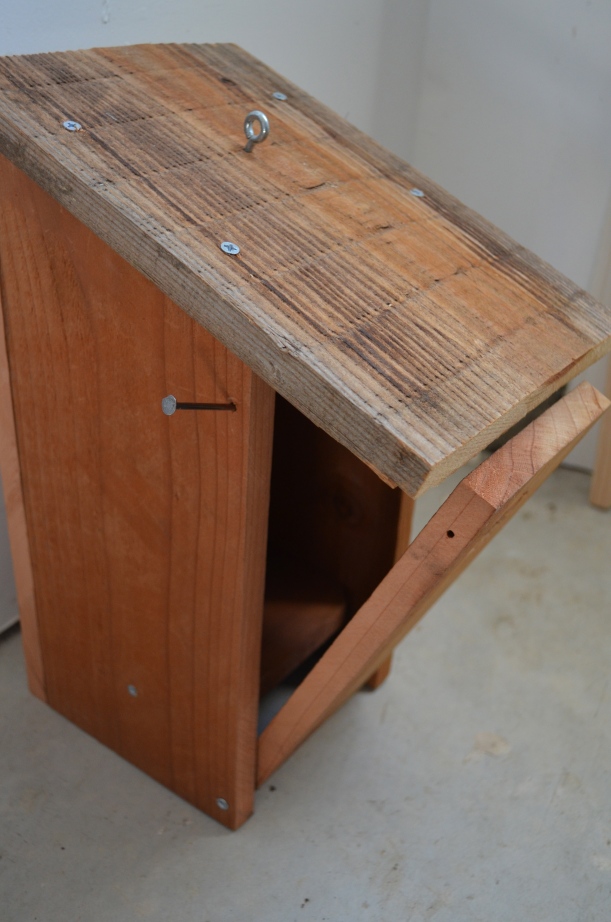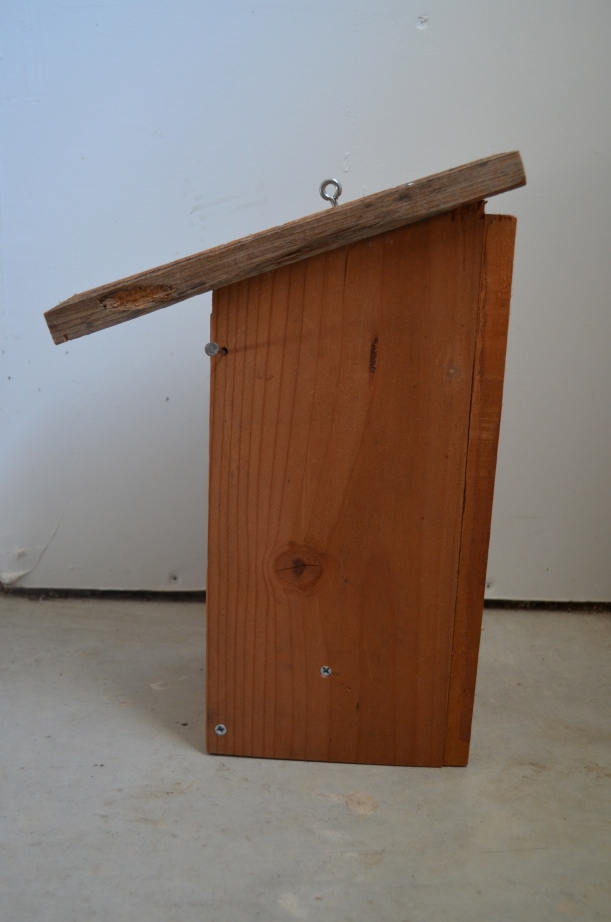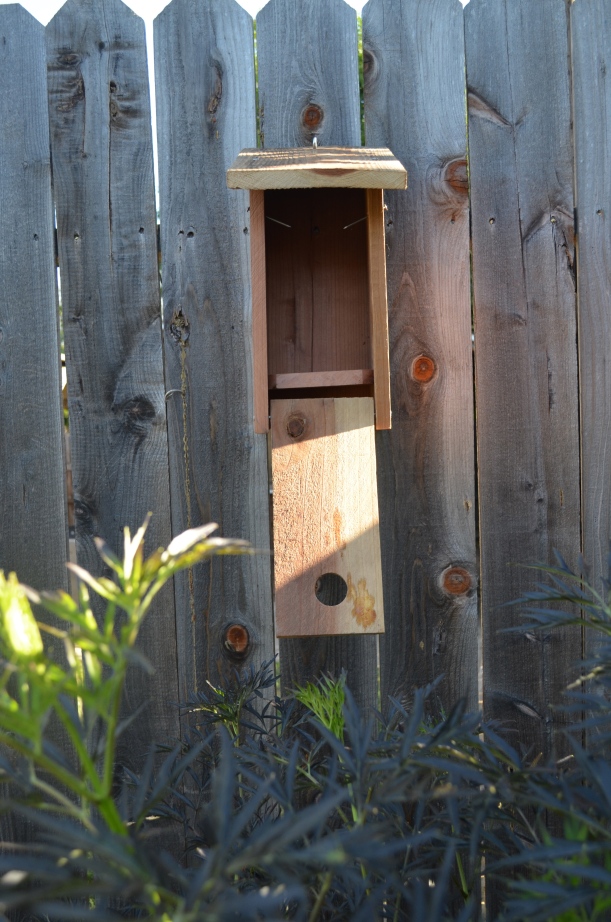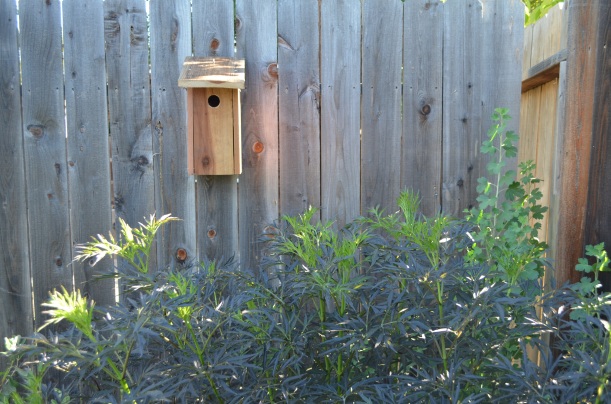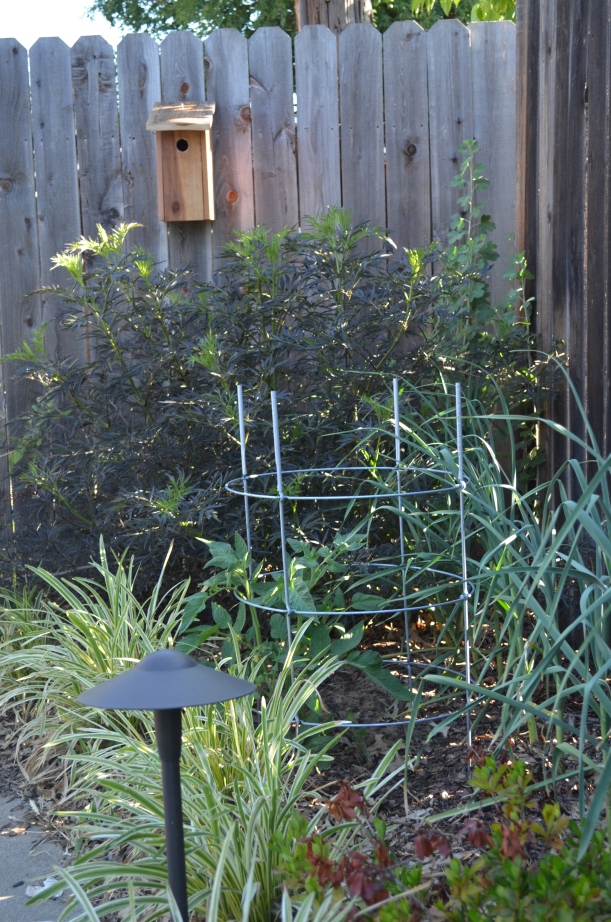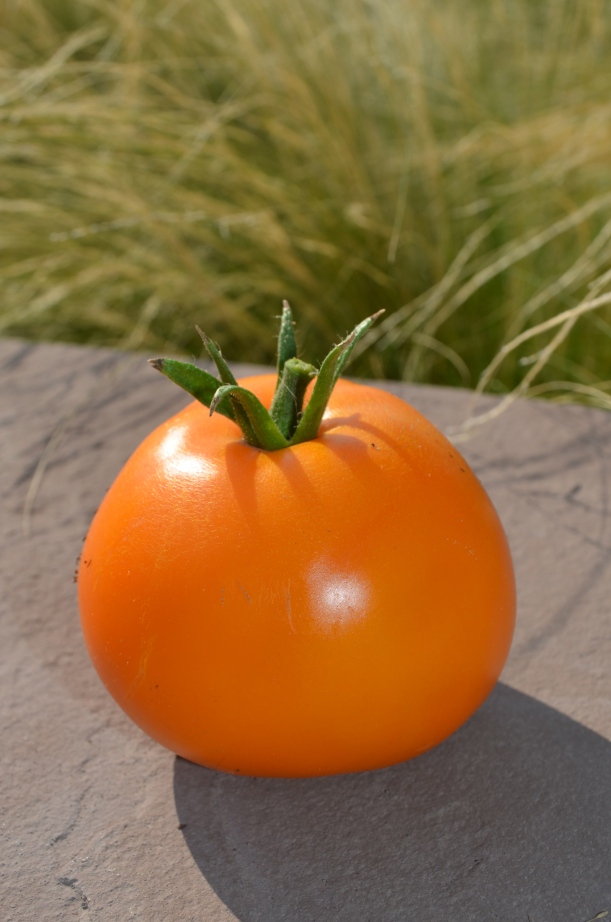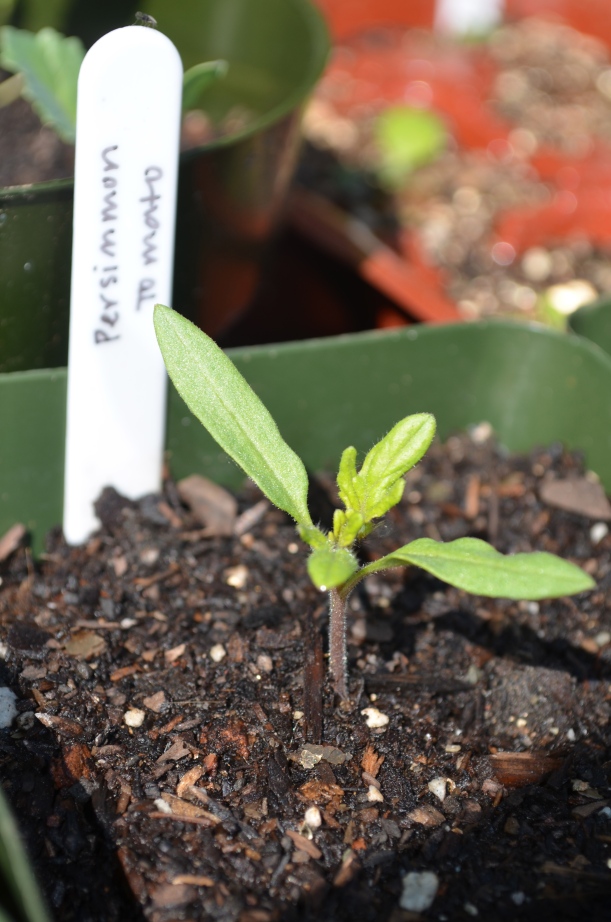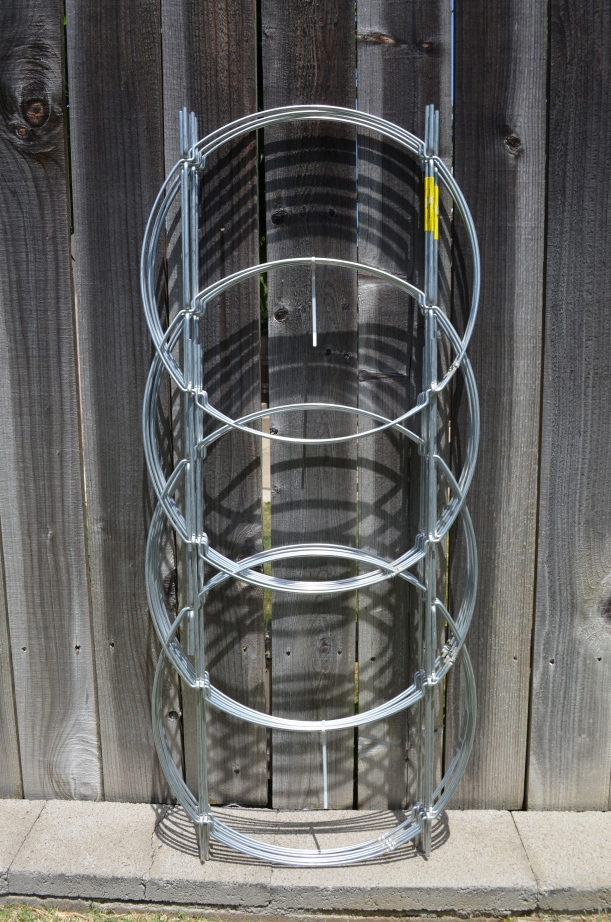Recently I have been using freecycle to obtain some gardening items. Freecycle is a website that allows you to get and receive things for free in your local area. Basically it is a big “one man’s trash is another man’s treasure” forum.
And boy did I get someone’s trash…. about 30 gallons of it.
Isn’t it glorious?
A woman in Fair Oaks has two horses and a miniature pony. Every year she posts her composted horse manure for people to take. When I drove up her miniature pony came running over from the far side of the pasture to greet me. Armed with my trusty Hunter boots and many 5 gallon buckets, I filled as many buckets as would fit in my car. The pile was as tall as my shoulders. She said that the pile had been sitting for most of the year so it was pretty well composted. There were mushrooms and a few worms in the pile. Gloves and high boots do come in handy when you are trampling around in a large pile of poo. I highly recommend bringing these items if you plan on doing this.
When I came back home I had to decide what to do with my bounty. A few bucketfuls went directly on my garden to await spring planting and the rest I threw on my compost. I mainly made this decision to put the manure on my compost because of lack of time to do anything else with it. And it ended up being an excellent decision! I created the open air compost pile which was about half way through the composting process. I threw the horse manure on top and piled it high. The added volume of the horse manure allowed the compost to heat up and the next day the middle was nice and steamy. It heated up so quickly! The compost finished in under two weeks.
The other great thing about this is that it was completely free! You can buy bagged chicken or horse manure at the garden stores but if there is a source willing to give it for free all the better!
You need to make sure you find a source that has well composted manure. Many people will give away their manure but do ask how long their pile has been sitting there. This will give you the information you need so that you can decide if it can be used straight away in your garden. Do not add fresh manure to plants as this can damage young plants. I also recommend adding the manure with other compost to make sure you have a good balance of material. Composted manure doesn’t smell and aside from a few larger chunks it should look like soil.
Now let me tell you why I am going to all the trouble of hauling away horse poo back to my house. Last year I planted intensively in my garden. I have a small space so I am trying to maximize every space I have and if I dont give back to my soil I will have unhealthy yields the next year. Currently I don’t have a source for animal manure so I have to go to the source. If I want to continue to grow my own veg then manure and composting are my answers to keeping a productive organic garden. Happy soil = happy vegetables = happy me!





